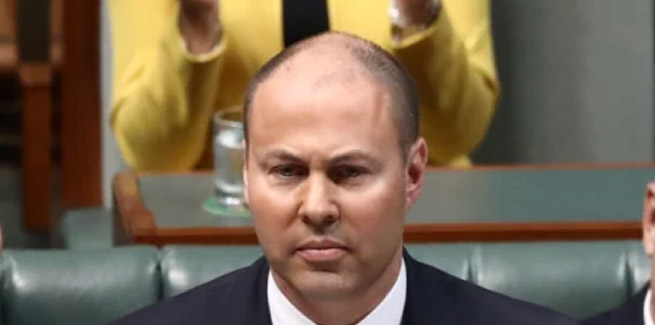The Australian Bureau of Statistics (ABS) has released the Australian National Accounts data for the quarter ending March 2019, reporting GDP growth of 0.4 per cent, with annual growth slowing to 1.8 per cent – the weakest since September 2009.
Following the release of the figures, Treasurer Josh Frydenberg acknowledged that while the economy “continues to grow in the face of headwinds”, the growth is “softer than it was at the same time last year”.
Mr Frydenberg expects income tax cuts proposed by the Morrison government, infrastructure spending and the Reserve Bank of Australia’s (RBA) decision to cut the cash rate to help provide a boost to the economy.
“The economy does face international and domestic challenges,” he said. “The personal income tax cuts announced in the budget along with [Tuesday’s] decision by the RBA to cut interest rates, will provide a timely boost to household disposable income.”
He continued: “Our record $100 billion infrastructure spending program, our plan for up to 80,000 new apprenticeships, together with the increase and expansion of the instant asset write-off to businesses with a turnover of up to $50 million will also enhance economic activity as part of the Morrison government’s pro-growth economic plan.”
Below-target GDP growth was reported against a further 2.5 per cent decline in dwelling investment, the second consecutive quarterly fall.
Mr Frydenberg said the Australian Prudential Regulation Authority’s (APRA) proposed changes to mortgage serviceability guidelines would help stimulate housing market activity.
“APRA’s recent announcements about the serviceability and the 7 per cent floor in managing new loans will also, I think, help investment across the dwelling sector,” he said.
Recession risks heighten
Reflecting on the data, AMP chief economist Shane Oliver said the make-up of GDP growth is “concerning”.
“Were it not for government spending and net exports, GDP growth would have been zero,” he said.
Mr Oliver expects GDP growth to continue falling below market expectations.
“We expect that this low growth environment will continue in Australia for now, and we see GDP growth averaging around 1.75 per cent over 2019, which is below RBA’s forecasts for growth around 2.75 per cent,” he added.
The AMP economist also flagged recessionary risks associated with a drop-off in government spending and mounting uncertainty in the global economy.
“The economy is now in its 28th year of recession-free economic growth, and while the near-term outlook for growth still looks positive as the various parts of the economy muddle through, the outlook for 2020 looks challenging,” he said.
“[Government] infrastructure spending looks like it will slow after this year, residential construction looks likely to continue to decline, the consumer is expected to remain weak and risks are building around the global economic outlook as a result of Trump’s trade wars.”
He added: “We see a higher risk of an Australian recession in 2020 – risk of around 25 per cent, [up] from 15 per cent.”
Mr Oliver said regulators and policymakers may need to consider further stimulus to alleviate recessionary risks.
“More RBA interest rate cuts, along with fiscal stimulus, are likely to be necessary to offset the threat to growth,” he said.
Mr Oliver has forecasted three additional cuts to the cash rate by mid-2020, which would see it fall to 0.5 per cent.
[Related: No excuses: RBA governor calls on banks to pass on full cut]

